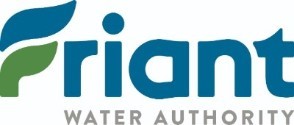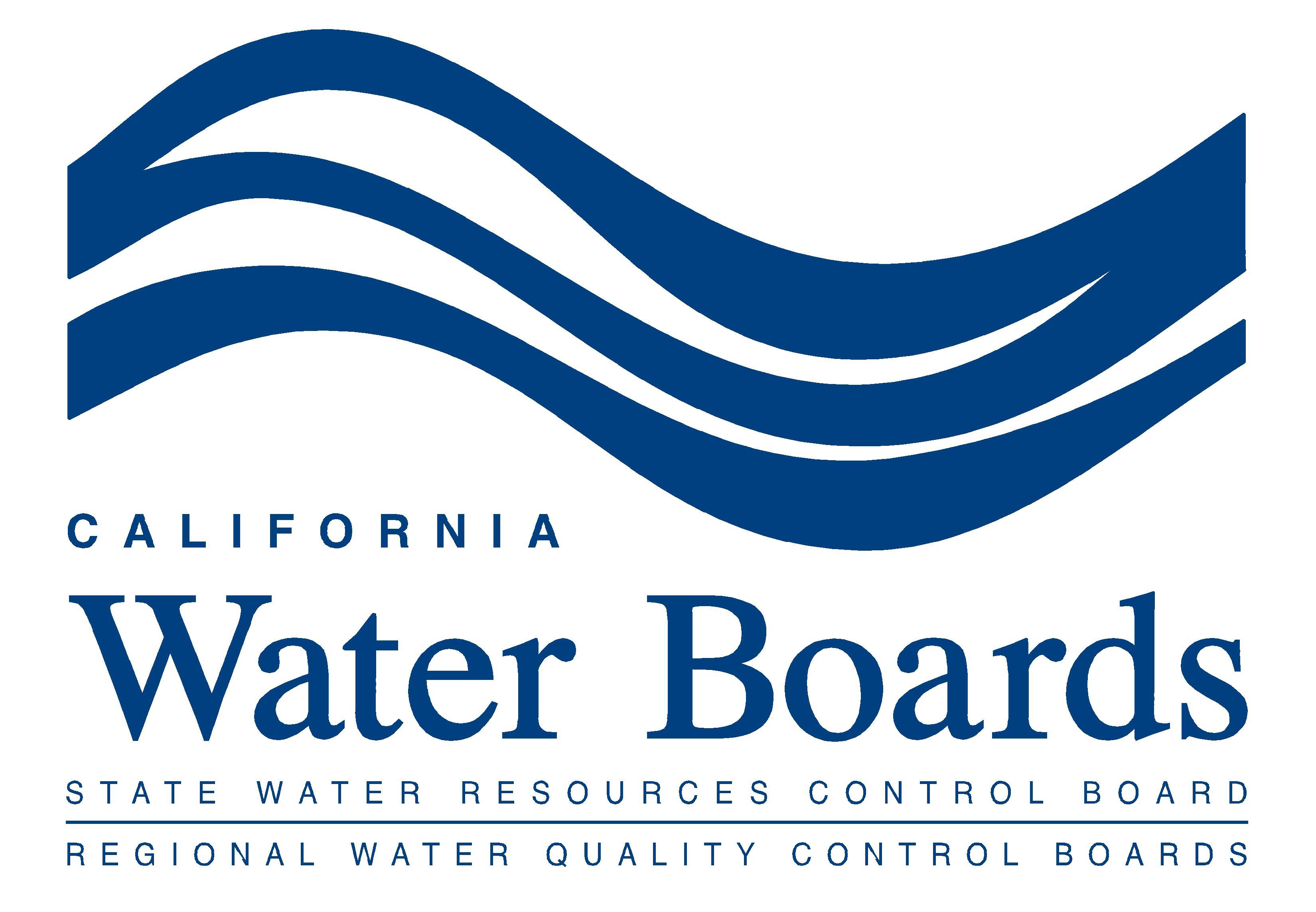Westlands Water District Celebrates 100% Water Allocation from the Central Valley Project
Today, the Bureau of Reclamation (Reclamation) announced an increase in water allocations for the Central Valley Project (CVP). Last month, Reclamation increased the CVP allocation to 80% for contractors like Westlands Water District (Westlands) following an initial allocation of 35% of the water entitled to under contract. Today’s announcement brings the total up to 100% for the first time since 2017.
In response to the announcement, Jose Gutierrez, Westlands’ interim general manager, issued the following statement:
“We are exceedingly grateful to Reclamation, and its dedicated and hard-working staff, for the increased water allocation. Following two years of 0% allocations, this announcement will provide much needed water to support the District’s communities, family-owned farms, and hard-working families in the San Joaquin Valley. This water supply will assist growers in Westlands with putting the land to work to grow the food that feeds the world.”
Mr. Gutierrez noted further:
“At the same time, we must recognize the need to continue preparing for the next drought and future dry years. For that reason, Westlands is investing in a sustainable water future for our farmers. Westlands is exploring and implementing creative approaches to maximize water use efficiency, recharge and storage and improve climate resilience.”
Seizing the opportunity that this year’s hydrology has presented, Westlands has supported its landowners’ efforts to use available water to recharge the Westside Subbasin. To date, District landowners have the capability of recharging up to 3,300 acre feet of water per day. And, groundwater recharge is expected to increase over the coming weeks as both more projects become operational and water becomes available.
This year demonstrates the need to continue the investment in California’s water infrastructure and to refine environmental regulations, so that California is able to capture, transport, and store as much water as possible during wet periods to avoid drastic cuts during dry periods. As climate continues to change, we must remain steadfast in investing in a more predictable and reliable water supply system for our environment, residents, farms and communities.
















